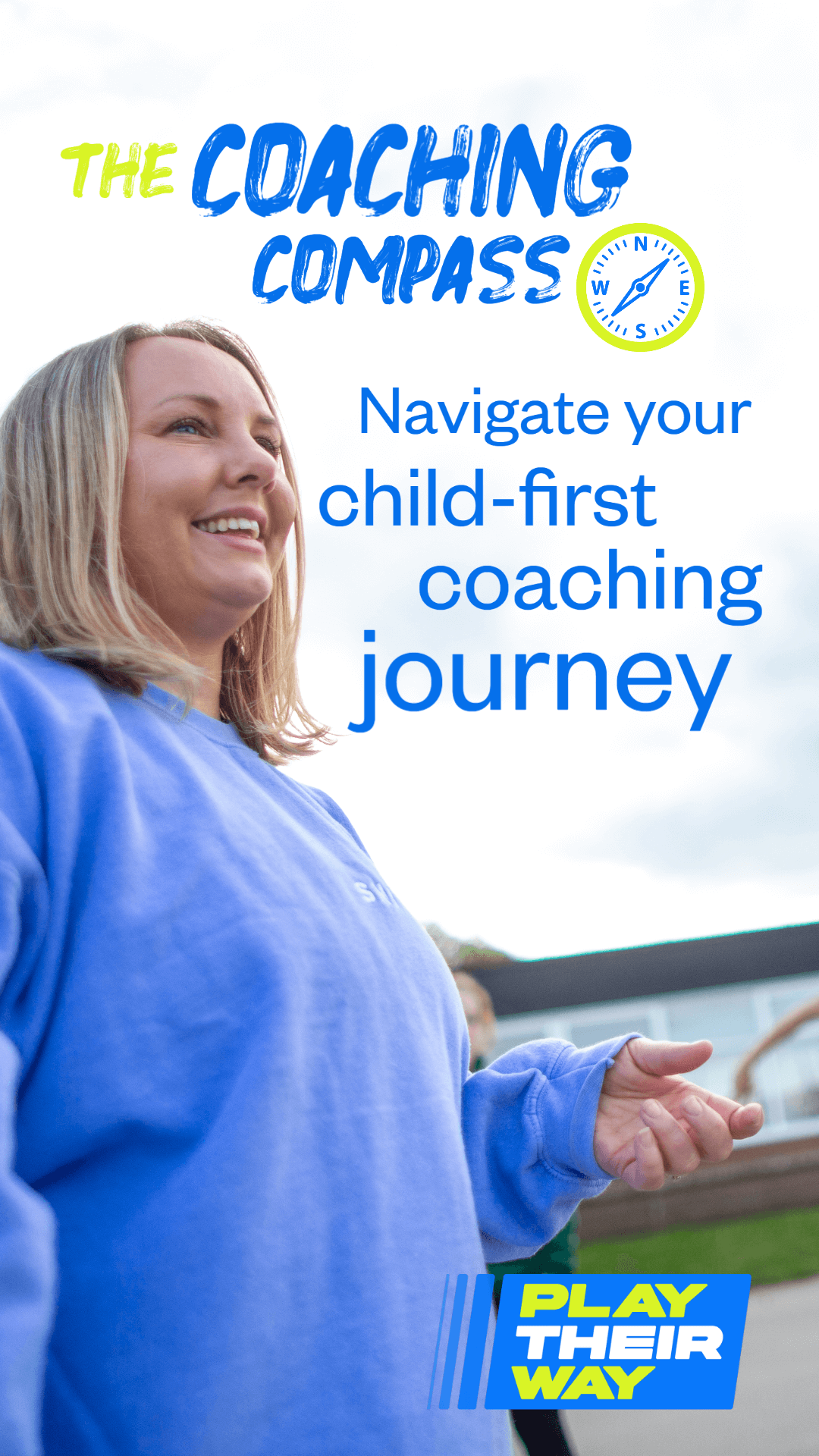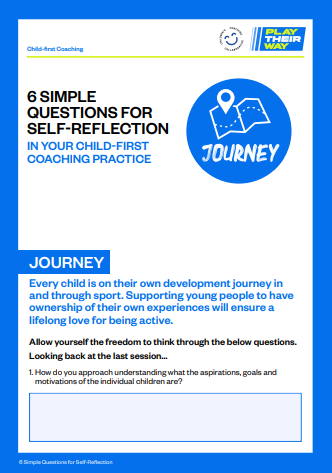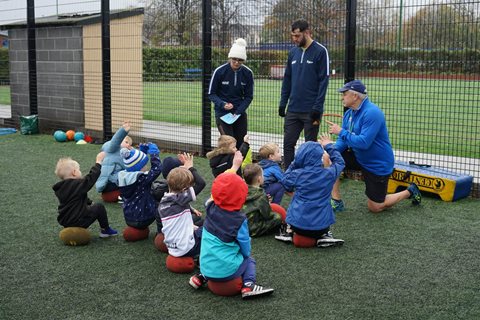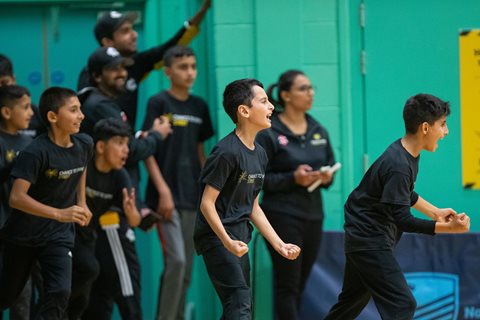Our cookies
We use essential cookies to make our website work smoothly for you. To make sure we're always improving, we'd like to use analytics to track how people use the site. We won't set non-essential cookies unless you give us permission. You can find more information about all the cookies we use in our Privacy and Cookie Policy.
Some cookies are a must for our website to function properly. If you turn off essential cookies, it may affect how you experience our site.
The non-essential cookies we use help us understand how you use our website and make improvements to enhance your experience.
Get Ready to Rumble: How to Coach Wrestling to Children
Trevor Hoskins, who is a British Wrestling Association coach, tutor and assessor, gives his top tips on how to teach wrestling to children and young people in a safe and fun environment.
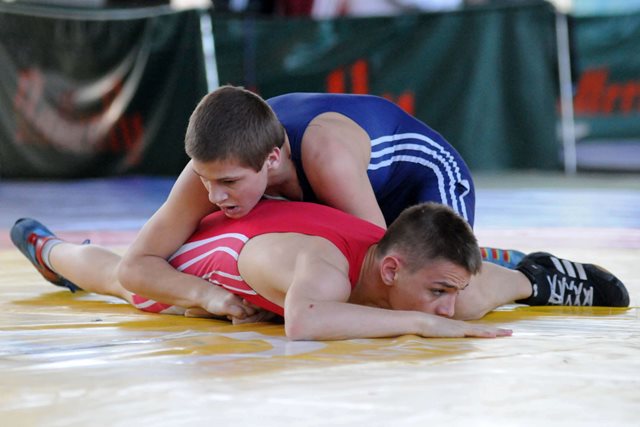
Included in this article:
by Craig Smith
A lookout from behind the curtain shows the arena is filling, your trunks are on, the face paint is applied…it is time to go wrestling! This notion of primetime wrestling on TV, though imaginative, does little to explain the ethos of the sport when it comes to coaching youth wrestling.
Children should be at the epicentre of coaching, irrespective of the sport being practised; otherwise, how can fun be assured, how can they develop their skills, and how can their talent be recognised?
British Wrestling Association coach tutor and assessor, Trevor Hoskins, is well versed when it comes to coordinating fun in the squared circle. Craig Smith pinned him down as he waxed lyrical about the amazing opportunities available to children in wrestling and how he and his cohort of coaches adapt their sessions, depending on age and ability, to provide all the information you’ll need to know about coaching kids’ wrestling.
Ready for a grapple with fun?
ONE…TWO…
Coaching wrestling to kids: our tips
Children love to play, and this is encouraged. We were all children once and remember with fondness the times spent running around and interacting with friends; times many of us cherish.
When wrestling enters the arena, how do you plan sessions that not only maintain a child-first focus but also comply with rules when you’ve a room full of children akin to a densely populated Royal Rumble?
Explaining the rules of wrestling to kids
“We only have two rules for the children. Don’t hurt yourself and don’t hurt the other person.
"We start with games, balancing beanbags on heads and working together,” says Trevor with a calm Yoda-like assurance of a coach with a significant back catalogue of wrestling students.
By teaching the sport using specific games. For example, if it is a game looking to grab the legs of your opponent, we do knee and ankle taps. It is about simplifying the sport…then it is whoever is on top is the winner!”
Trevor Hoskins British Wrestling Association Coach & Assessor
Having fun when coaching kids’ wrestling seems to come naturally, given “children are born knowing how to wrestle”.
For children under his guidance who are wrestling, it is “considered a game; a serious game, but a game nevertheless”.
Though cases are isolated, children will be children, so what does Trevor coach and advise his coaches to impart on the kids who may step out of line from time to time?
“It's about reading the room. As the coach, it's about maintaining the control and continuing to ensure the fun by knowing when to drop a game in.”
Trevor Hoskins' wrestling games for children
Grappling for game ideas? Download our free tools, tips and games and grow your coaching practice – like Trevor's wrestling games for children which support children to Play Their Way.
FREE TIPS
Altering the practices based on age and ability
In a child-first coaching environment that lists preference to participate and fun as signature moves, it comes as no surprise these British Wrestling coaching sessions are well attended.
When it comes to coaching youth wrestling, the flexible approach of Trevor and his team of coaches ensures the enjoyment of every attendee, no matter their age or ability.
The lower the level of the children, the more games we play. As the youths develop, we'll have one or two games within a session. The games also form part of a reward towards the end. Or, if we need to work on something specific within a session and a game helps, then we incorporate it where it's most needed.”
Trevor Hoskins British Wrestling Association Coach & Assessor
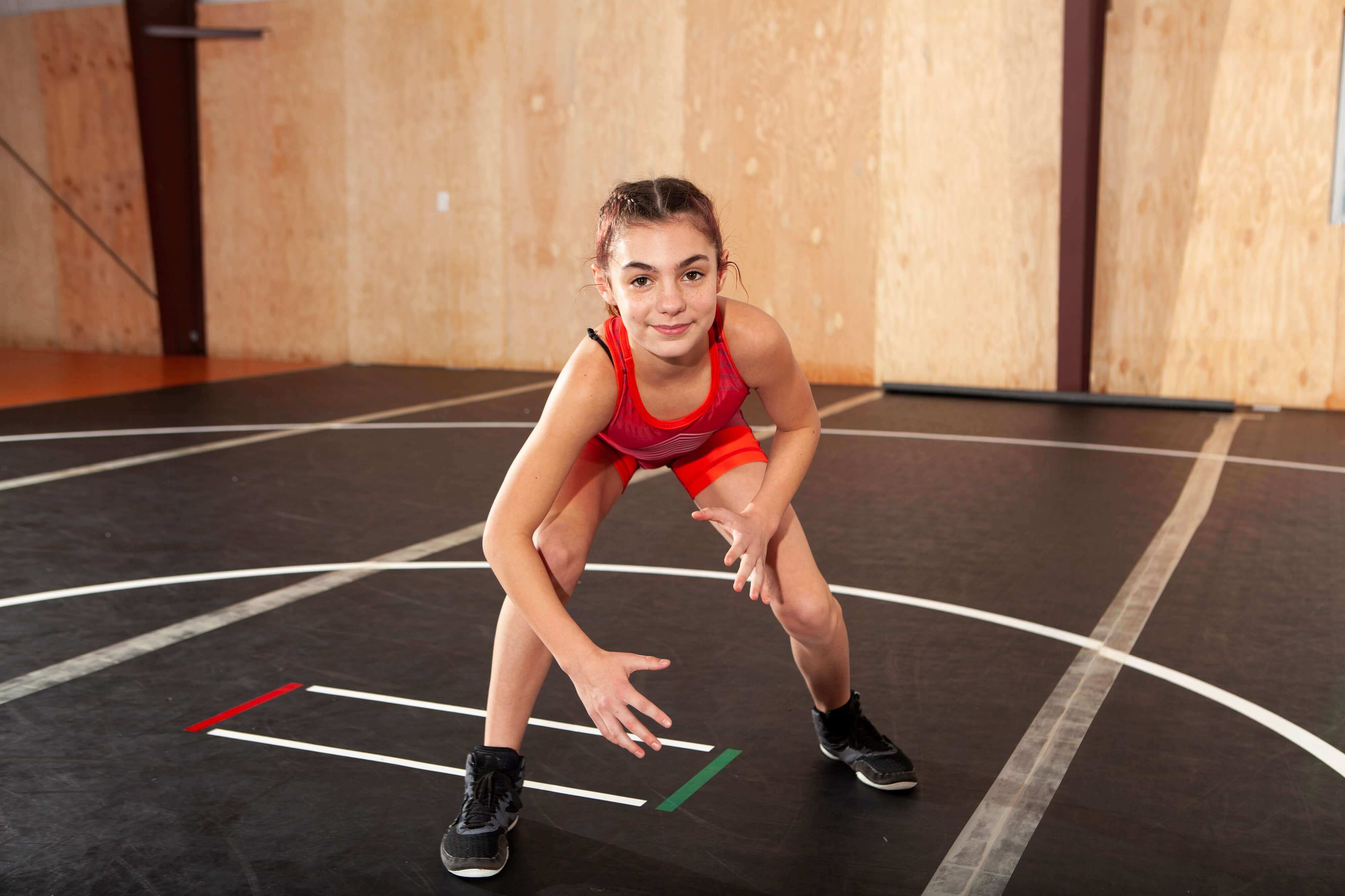
Fully inclusive wrestling practices encourage engagement from all – a coaching methodology that ensures every child remains at the top of the bill and excited to tell of their experience.
“Games! It’s all about games. We play them with children as young as four years old. We then adapt the games [moving up the age ranges], but they’re still the same games. It is just that the outcome is slightly different.
“We always finish by asking if anybody can remember the name of the game. It’s always based around the positives.”
Coaching wrestling to beginners and young children
How do you coach a new wrestler? Ensure fun and enjoyment, and simplify technique. Simplification of technique and allowing children to enjoy themselves are focal points to coaching kids’ wrestling. Trevor and his tag team of coaches ensure entertainment from the get-go, playing requested favourites, which promotes fun and learning.
With a peek underneath the canvas, he lets us into the secrets of his sessions and how young children and beginners to the sport remain engaged, tailoring sessions to match the age range.
“We play a version of ‘Bulldog’ that ensures crawling, so it's safe. It is the game they ask for the most. The children get behind and give the other person a hug around the stomach, before joining in the middle. In a class of 20+ children there’s a lot of fun and crawling about, which helps with movement and mobility.
“Another favourite is ‘Stuck in the mud’, which is a tag game, where you have different ways of escaping. It could be crawling between the legs, or it could be picking each other up and putting each other down. It's a versatile game.”
Teaching more advanced wrestling to kids
To metaphorically climb up the turnbuckles and progress in wrestling involves kids not only coming of age but also practising and immersing themselves in other sports to develop their skills.
Coaching youth wrestling for the length of time he has means Trevor is well qualified to advise on the time to begin specialising and how to teach progressive moves.
“Around the age of eight, it tends to be about 80% games and 20% activity.
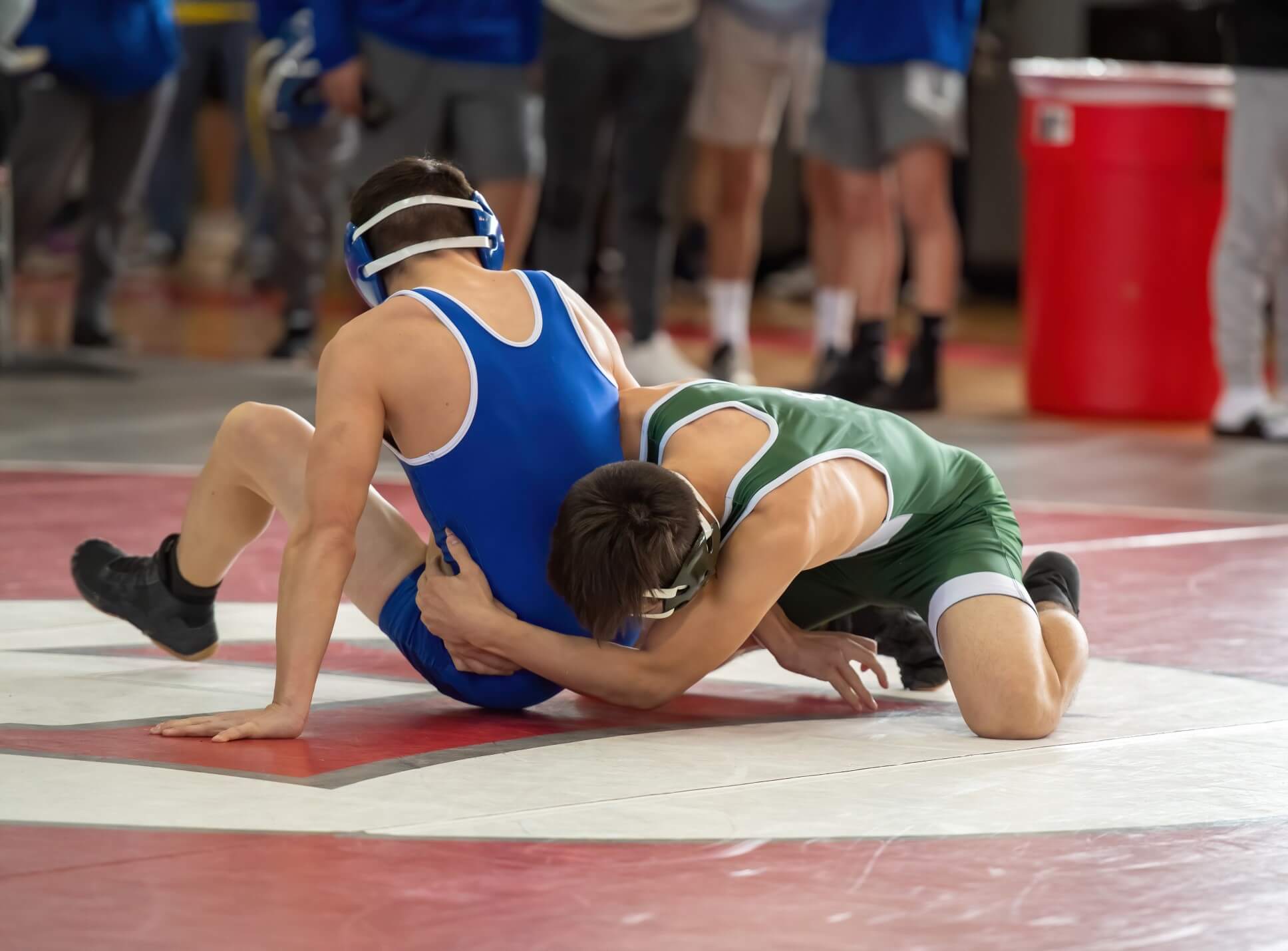
Children don’t seem to specialise before the age of 12. We encourage participation in multiple sports to become more rounded. The more experiences you have, the better you end up,” adds Trevor, before addressing the shift change around the age of 14, when activities become more significant.
Trevor Hoskins British Wrestling Association Coach & Assessor
“A lot of parents are worried about letting their kids out on the street, so they don’t get enough exercise. Clubs like ours keep children active.”
Focusing on the child’s enjoyment when considering progression in one-hour sessions, Trevor coaches wrestling and his peers teach weightlifting and functional movement in 20-minute intervals, all with the aim of developing ability.
“We have basketball players, rugby players, swimmers and gymnasts who come for that extra bit of fun-based training. We’ve got a girl who has been selected by Aston Villa FC. The game element of coaching youth wrestling is really important as it transfers to other sports. These children are the ones selected as the fastest and most flexible in their junior school year.”
The advancement of children under Trevor’s tutelage instigates further discussion around wrestling technique. How to ensure your opponent lands, being one way of receiving additional points.
How do you motivate youth wrestlers?
When coaches bring fun into the ring, it’s to the delight of all involved.
To nurture engagement in youth wrestling, any focus on rules and winning should quickly result in a pinfall and reach a three-count. Every child-first coach is quick to promote enjoyment – the desired feeling.
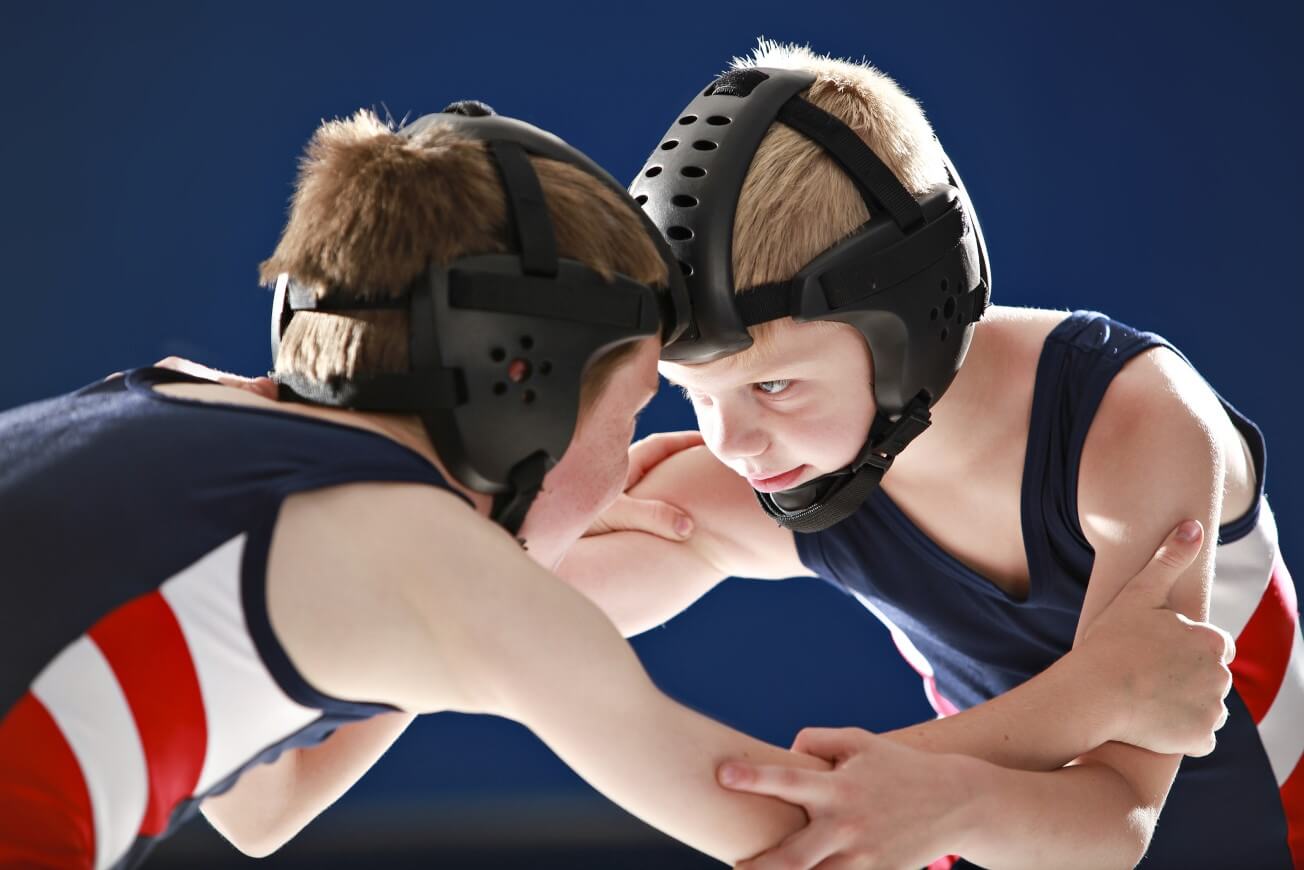
To help Trevor and his team achieve this means putting a time limit on sessions to match relative attention span, and maintaining interest, not to mention involving children in decision-making to mix things up a little.
No activity lasts longer than five minutes, really, before putting on another game. It’s about knowing when to do this. In the bigger classes and with the older children, they work together and feed back to each other on what they did. It’s all about the positives.”
Trevor Hoskins British Wrestling Association Coach & Assessor
Developing a wrestling coaching philosophy
What makes a great wrestling coach? Understand the individual and always create a pleasant and enjoyable environment.
The notion of a coach having a good stable of wrestlers is not one reserved solely for the grappling action we may see on TV. Far from it, as coaching philosophy is harnessed with individual wrestlers as their journey unfolds.
Pointing to the fact that “wrestling is a game” reminds us of the underlying principles of fun and enjoyment.
So, how do British Wrestling coaches actively promote this long-lasting ideology to the benefit of those they coach?
“It is about creating a pleasant environment,” says Trevor, who believes in the importance of collaborating with children and receiving feedback.
“So not being stand-off ish and making sure you speak at the level of the children and ensure all are having fun! Each night is run by a different coach, especially with the younger ones.
“There’s also a lot of word of mouth, so when we are running multiple age-based sessions with coaches, some of the older ones stay on for those too.
“We still consider them juniors until they turn 21. An 18-year-old, for example, would not compete with a 26-year-old, as there’s a difference in physical development.”
This continual path of progression, ensuring a child-first coaching philosophy through the junior ages, adolescence and into adulthood, is testament to the qualities of first-class coaching practice. Free of barriers and in an encouraging environment for wrestlers to only do what they can, separates the good wrestling coaches from the great ones.
Trevor Hoskins' wrestling games for children
Grappling for game ideas? Download our free tools, tips and games and grow your coaching practice – like Trevor's wrestling games for children which support children to Play Their Way.
FREE TIPS
Other resources that you may like...
About the contributor

Trevor Hoskins has been a coach of children of all ages for most of his 25 years coaching wrestling, Trevor is well placed to teach and mentor. As a coach tutor, assessor and Membership Secretary for the British Wrestling Association, he is responsible for the education of coaches and officials. Trevor is also a coach educator for United World Wrestling and coaches the sport at several clubs.
SHARE THE MOVEMENT
Help spread the word by sharing this website with fellow coaches!

